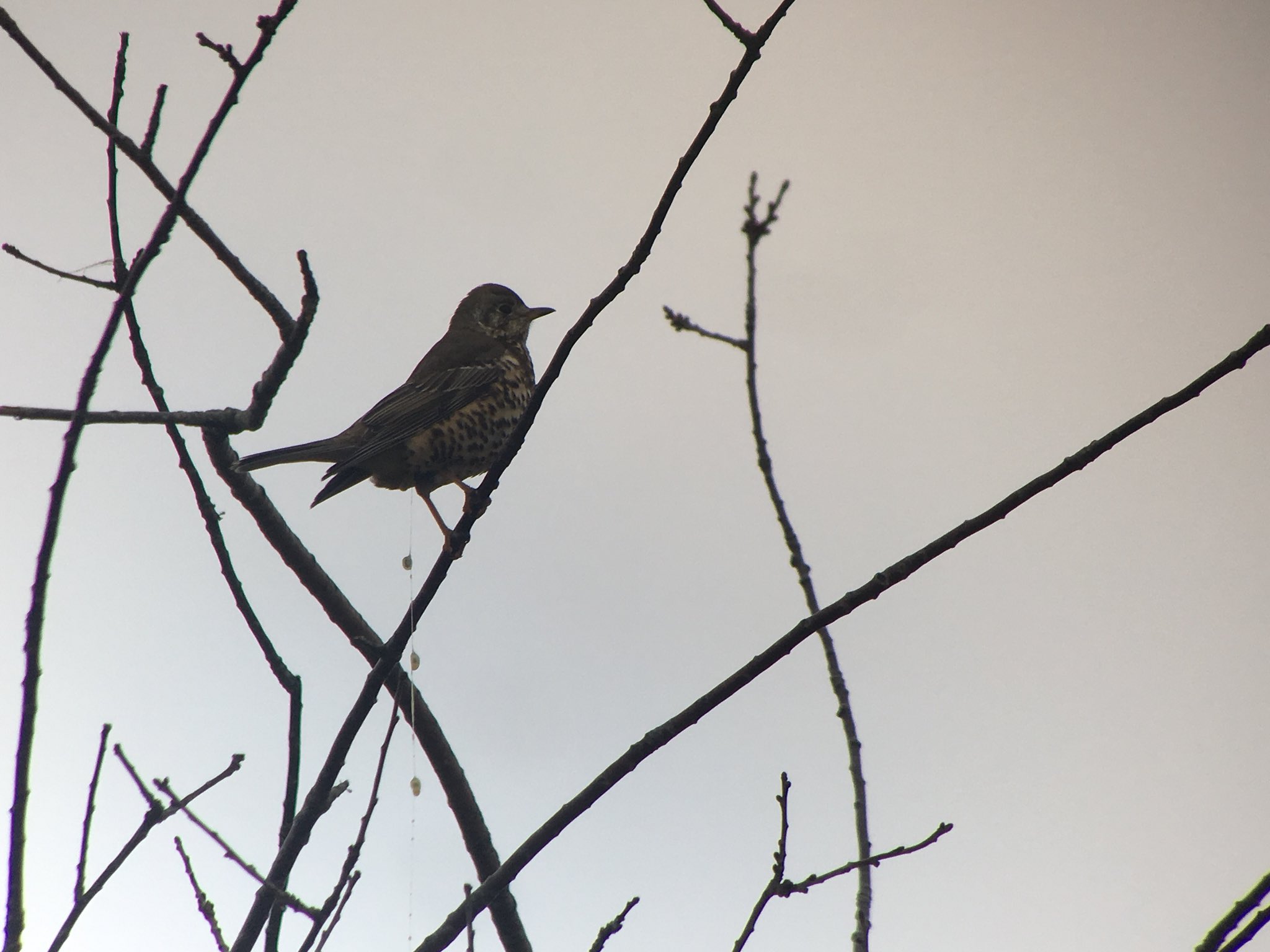Singing stormcocks
A calm morning with a hint of Spring in the air with a few singing Mistle Thrush around the reserve. Also known as a 'stormcock', they are one of the first to start claiming their territory for the breeding season ahead. Despite not even making it to January yet we have other signs of things to come on the reserve including singing Dunnocks, the early returning Oystercatcher and several Black-headed Gulls starting their moult to summer plumage.

Zeiss Hide
A total of 1149 Teal were on the Top New Piece this morning along with 303 Wigeon. The Teal count was more unusual with a much higher ratio of females to males than we'd usually see, the counts being 541 males to 608 females. We're collecting duck sex ratio data as part of the ongoing monitoring project by the Duck Specialist Group. Find out more here. A flock of 13 Pochard were diving in front of the Van de Bovenkamp Hide whilst out on the scrape towards the seawall were several hundred Lapwing, Dunlin and Golden Plover. A Cetti’s Warbler was calling from reedbed.
.
Rushy Hide
A total of 94 Bewick’s Swan were counted this morning, with duck including 129 Pochard and 109 Pintail.
.
Holden Tower and walkway hides
At least 96 White-fronted Geese were on the Tack Piece just before lunchtime, with some coming in close to the Stephen Kirk Hide for a drink and bathe. Another group were hidden below the seawall on the Dumbles, viewed from the Holden Tower. Out on the Tack Piece were several thousand Lapwing with many Golden Plover mixed in too. At least 14 Ruff and 5 Redshank were also present along with 704 Wigeon. At least 9 Cranes were on the Dumbles at lunchtime.



